As Emily Dickinson so very nearly wrote in the early 1860s:
Answer July — Where is the Bee — Where is the Blush — Where is the Hay?
Ah, said July — They are all — In a museum — Why aren't you?
Answer Thee — Me —*
Our five recommendations for new architecture, design and art exhibitions opening in July 2025 for bees, blushes, hays, and you, can be found in Berlin, Remagen, New York, London and Chemnitz.......
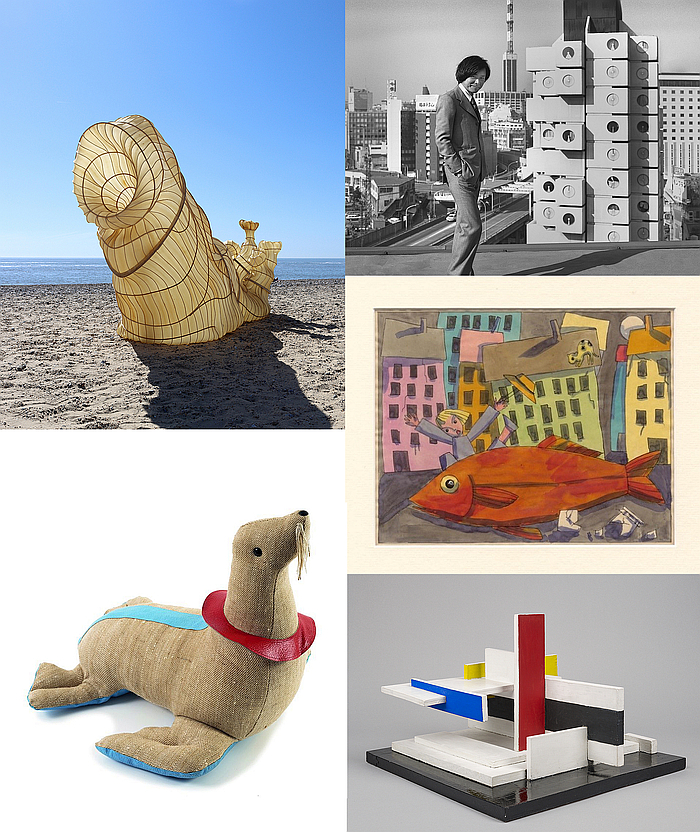
As noted from Design of the Third Reich at Design Museum Den Bosch, ‘s-Hertogenbosch, the 1920s weren't just years of International Functionalist Modernism, nor just of technical advances, nor just of the Charleston, but were also years of female emancipation and of a dismantling of political, social and culture borders, processes of civil change that more often than not were the result of long, arduous campaigns. And which in terms of architecture and design meant an ever greater, wider, diverser, choir of voices, often previously marginalised, unheard, voices, joining the discussions.
Then came the 1930s and not only did that all come to a violent end, but a great many of the practitioners of the period were muted.
And while the voices of some of those practitioners were quickly once again to be heard, they tended to be related to those groups who were most visible before the 1920s, those who didn't need the hard fought emancipation and border dismantling to allow them to contribute to discourses and debates. Those who did often remain as voiceless today as they have been for decades.
Which is not only unfair, but counter-productive and self-harming as we seek to navigate our own age of modernism, technology, dancing, emancipation and border dismantling.
With Defiance. Jewish Women and Design in the Modern Era, the Jewish Museum, Berlin, seek to redress that unfairness and counter-productivity through discussing and exploring the work of some 60 German-Jewish female artists, artisans and designers who, often against the odds, against convention and as pioneers for others, established themselves in their respective disciplines before the 1939-45 War, and who in doing so contributed positively to the development of both the practice and theory of craft and design, and to the development of craft and design's relationships with society, during that period. But who today are often popularly anonymous.
A roster of creatives including, for example, the gold and silversmith Emmy Roth, the interior and furniture designer Friedl Dicker, the painter and illustrator Tom Seidmann-Freud, the ceramicist Margarete Heymann-Loebenstein or the costume designer and doll-maker Lotte Pritzel who through the variety of positions they embody and their very differing pre-, intra- and post-War biographies should not only allow for concentrated perspectives on the personal and social horrors and privations of War, of prejudice and hate, nor only allow a differentiated and more expansive approach to the development of creativity in 20th century Europe than the current narrative enables, but should also allow better appreciations of how and why creatives lose their visibility and voice, how the narrative of design (hi)story is written, maintained and conventionalised, and why that is a problem for not only the respective protagonists but for us all.
Defiance. Jewish Women and Design in the Modern Era is scheduled to open at the Jewish Museum Berlin, Lindenstr. 9–14, 10969 Berlin on Friday July 11th and run until Sunday November 23rd. Further details can be found at www.jmberlin.de
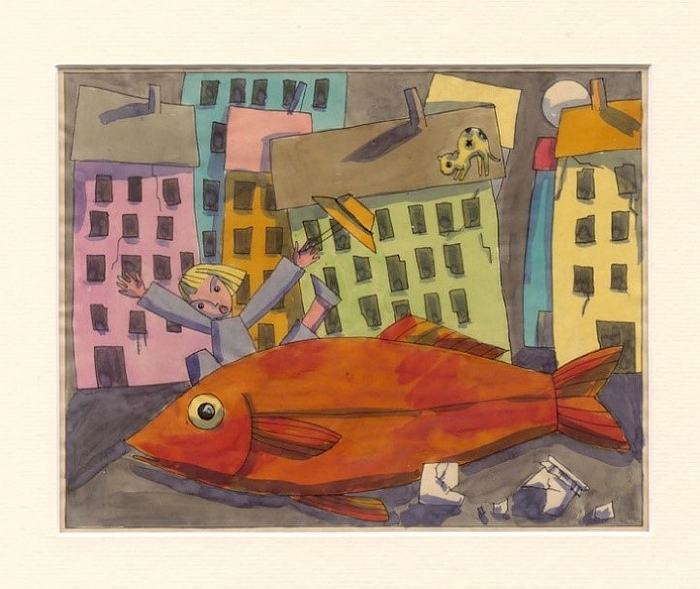
As the rise of Fascism and Stalinism in Europe in the 1920s and 30s saw the myriad avant-garde art and design positions of the period placed under ever increasing political pressure, saw ever more attempts to denounce and ban creative positions counter to the Fascist and Stalinist world view, ever more practitioners of such art and design sought refuge in a Paris that at that time was, as Paris so often is in (hi)story, an oasis of relative calm in a Europe slowly boiling over. Which may or may not be because Paris's normal condition is boiling point.
A Paris in which in 1931 an international group of creatives formed the collective Abstraction-Création, a platform that wasn't just a forum for 1930s avant-garde positions, but that also organised exhibitions, sales and publications; an autonomous structure that allowed the various creatives to remain independent of both public institutions and commercial galleries who either did, or it was feared increasingly would, reject their works. And thereby a platform that enabled them to develop their work in a hostile environment. Something that very much reminds of how the earliest Impressionists self-organised in that self same boiling point Paris.
A platform which over the six years of its existence counted some 90 international creatives amongst its members including, for example, Alexander Calder, László Moholy-Nagy, Barbara Hepworth, Theo van Doesburg, Max Bill, Władysław Strzemiński and also the Hans Arp and Sophie Taeuber-Arp who are the Arp Museum's raison d'etre; a list, and number, of members that indicate both the importance of Paris in the 1930s, and the myriad positions seeking refuge in that Paris.
And 90 creatives, or at least some 28 of that 90, whose work will be a primary feature of Network Paris, not just in itself but also in the dialogue that promises to arise between the works of the 1930s and contemporary works by seven international creatives including, Rana Begum, Daniel Buren and Kai Schiemenz.
Thus a presentation that should not only allow one to better appreciate Abstraction-Création and their role in supporting and advancing creativity in the early 20th century, nor only on how the positions of then have continued into today, but also to expand appreciations on the role and importance of Paris in the development of creativity.
Network Paris - Abstraction-Création 1931–1937 is scheduled to open at the Arp Museum Bahnhof Rolandseck, Hans-Arp-Allee 1, 53424 Remagen on Saturday July 5th and run until Sunday January 11th. Further details can be found at https://arpmuseum.org
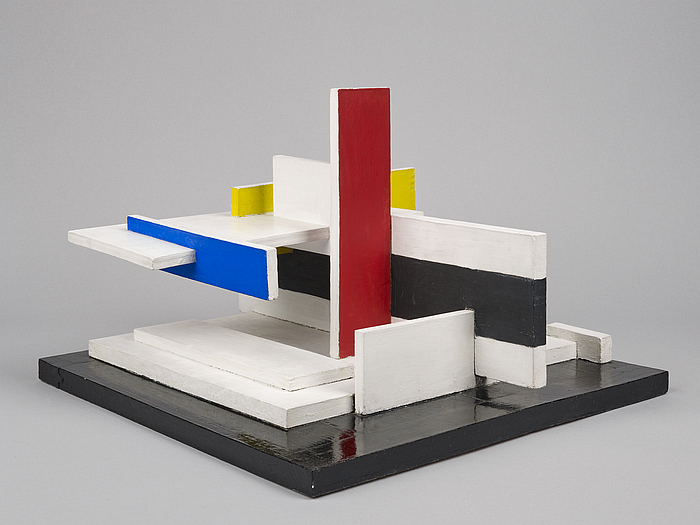
While the greater majority of the theoretical architecture of the 1960s and 70s remained, and remains, on paper, Kishō Kurokawa's theory was actually built.
Or more accurately, Kishō Kurokawa's Nakagin Capsule Tower was actually built in downtown Tokyo. A work that, composed as it was, from a collection of capsules attached to a central core, and which, in theory, could be infinitely replaced and exchanged as and when required or when a change of use, or technology, demanded, is and was not only a key work in Japanese Metabolism, that position of the city as a living organism that needs must always change and adapt, but also is and was very easy to locate in a wider move in the 1960s and 70s away from architecture as the permanent it had long been towards architecture as a tool for society, towards an architecture that focussed less on the building as on the role of the building and the building’s relationships with users and wider society.
1960s and 70s positions on infinitely adaptable, modular cities whose failure to become the established norm is poetically echoed in the fact that Kurokawa's Nakagin Capsule Tower was demolished in 2022. Fifty years after its completion.
With The Many Lives of the Nakagin Capsule Tower the Museum of Modern Art, MoMA, promise not only to let the Nakagin Capsule Tower live, breath, again, not least through video interviews with former residents, sketches, photographs, and capsule A1305 that once stood on the top floor of the Nakagin Capsule Tower, but should also allow for space and reflection on the theory on which the physical structure was built. And thereby on the urgent question on how we allow our urban spaces to develop, on the urban spaces we want, and on architecture’s role and function in those developments.
The Many Lives of the Nakagin Capsule Tower is scheduled to open at the Museum of Modern Art, MoMA, 11 West 53 Street, Manhattan, New York, New York on Thursday July 10th and run until Sunday July 26th 2026. Further details can be found at www.moma.org
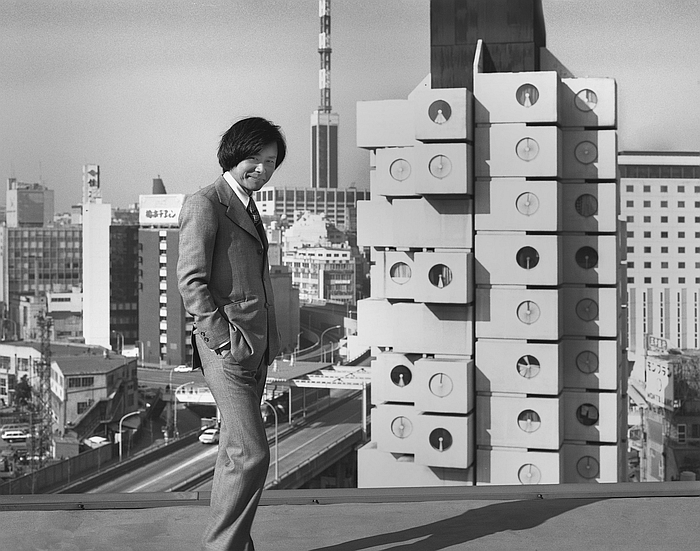
Amongst the human species' most serious shortcomings are without question ego and selfishness, characteristics that mean that over centuries we've viewed the natural world as a repository and a tool for the artificial world we've created to separate ourselves from that natural world. Have understood nature as something to be harnessed, controlled and dominated.
And look where that's gotten us.
Yet while some individuals promise to not only keep pushing on as before but to advance ever more brutal methods of harnessing, controlling and dominating the natural world, increasing numbers of individuals are adopting more inclusive positions, appreciating the human species as part of the natural world, the necessity not to live separated from the natural world, and the importance for the human species of considering not just the human species when we build, design, create, etc. The importance, if one so will, of thinking more like those great many ancient communities who live with rather than from nature and who our ego and selfishness has pushed to the very edges of society and existence.
Positions on the necessity of a design focussed not only on the needs of humans that, arguably, can be traced back to the Reform movements of the late 19th century, became very visible in the myriad counter cultures of the 1960s and whose mass and volume today is powered, empowered, to a large degree by the increasing visibility, tangibility, of the problems we've been warned about for over a century.
With More than Human London's Design Museum promise a presentation of some 140 international art, architecture, technology and design projects, including several special commissions, by some 50 creatives as diverse as, for example, Shimabuku, Julia Lohmann or Ant Farm that seek via various means, some direct some less so, to shift the focal point of human society's considerations away from the human, that explore ways to treat all flora and fauna with respect as autonomous entities, formulate arguments for the necessity of more egalitarian relationships with the natural world, of engaging with the natural world as a partner, of mutualism not parasitism, and that through offering speculative and practical perspectives on a potential future should allow for more nuanced and expanded discussions and discourses on the path the human species could, should, ¿must? take.
More than Human is scheduled to open at the Design Museum, 224 – 238 Kensington High Street, London W8 6AG on Friday July 11th and run until Sunday October 5th. Further details can be found at https://designmuseum.org
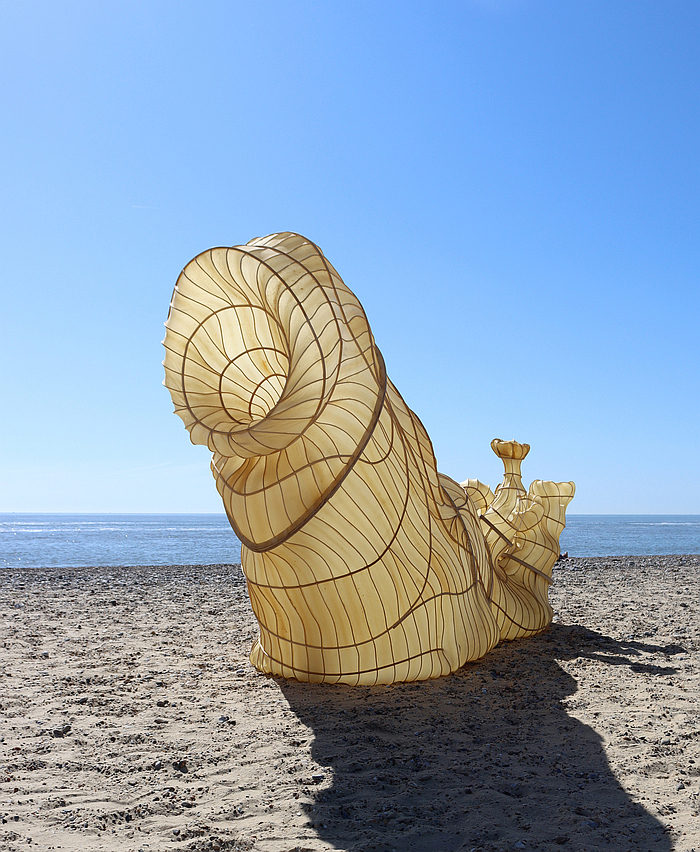
Born in Sonneberg, Thüringen, in 1945 into a family, a dynasty one can argue, of therapeutical and educational toy makers, Renate Müller studied at the Fachschule für angewandte Kunst Sonneberg, an institution with a long (hi)story in toy design, as does Sonneberg, and subsequently joined her parents' business in the mid-1960s where and when she began to develop a menagerie of animals that arose during her studies, animals crafted from hessian stuffed with wood shavings and featuring functional leather additions.
Animals that stood diametrically juxtaposed to not only the stuffed toy production of 1960s Sonneberg but the long established conceptual basis of what a stuffed toy is, why a stuffed toy is. But tortoises, rhinos, whales et al which on account of their robustness, their quiet, unobtrusive functionality, and their infinite charms and communicativeness saw them quickly establish themselves not only in therapeutic and medical care contexts but also in kindergarten and social care contexts.
And which today have lost none of their charms, functionality, durability or genesis as handcrafted objects in Müller's workshop in Sonneberg.
By way of celebrating Renate Müller's 80th birthday Chemnitz's Wasserschloß Klaffenbach promise with Renate Müller Spielzeug + Design a review of the past 60 years of Müller's craft and creativity, a presentation that should not only elucidate the (hi)story of the production facility with its, inevitable, period of DDR nationalisation and post-1990 struggles to find its place in the new realities, nor only allow for reflections and considerations on what Müller's canon, and Müller's positions, can teach us all about design processes and of design's role in and with society, but should also help explain that toys and play are anything but passive and thus the need to ensure we approach them with the gravity they deserve.
And for all should allow one to get up close and personal with some truly engaging and life-affirming characters.
Renate Müller Spielzeug + Design Sonneberg is scheduled to open at Wasserschloß Klaffenbach, Wasserschloßweg 6, 09123 Chemnitz on Saturday July 12th and run until Sunday October 19th. Further details can be found at www.c3-chemnitz.de
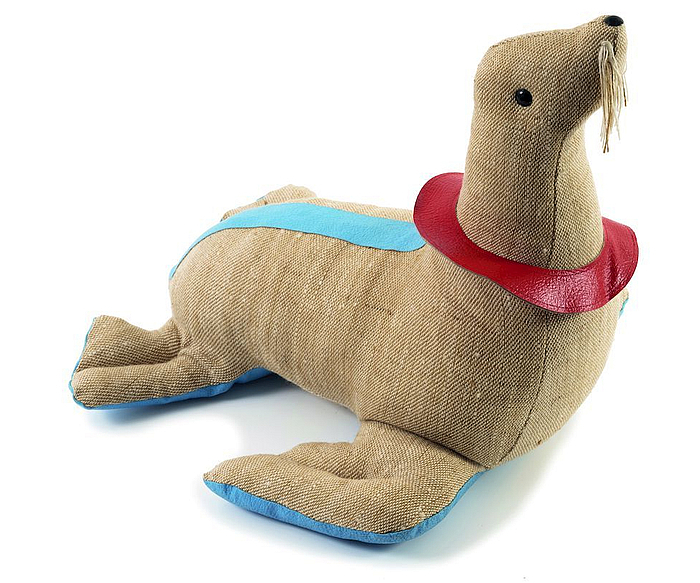
* Emily Dickinson, Answer July, ca. 1862 see www.edickinson.org/editions/2/image_sets/12169943